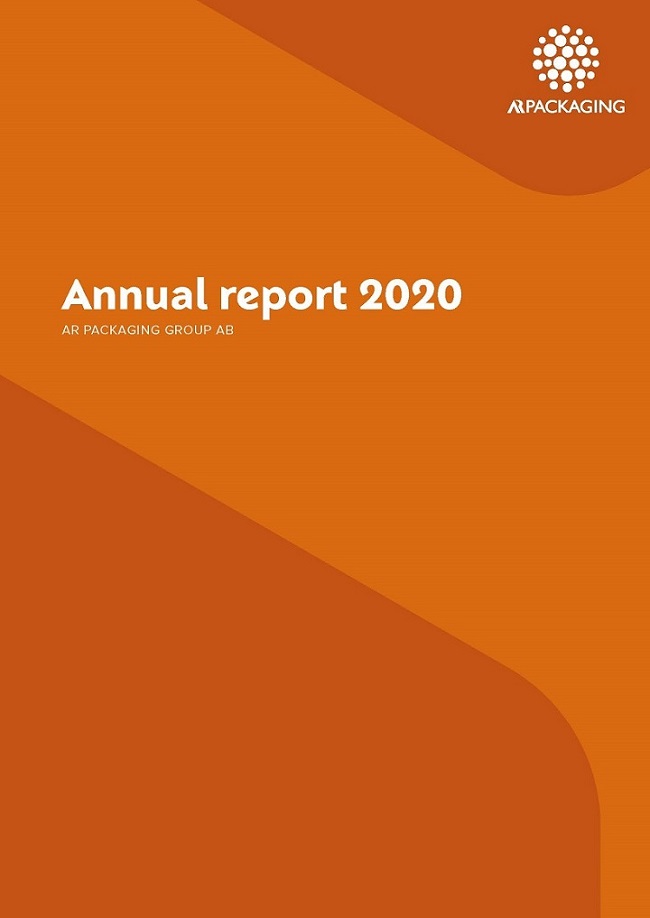PROVISIONS
Provisions are recognised when the Group has a present obligation (legal or constructive) as a result of a past event, it is probable that an outflow of resources embodying economic benefits will be required to settle the obligation and a reliable estimate can be made of the amount of the obligation. When the Group expects some or all of a provision to be reimbursed, for example, under an insurance contract, the reimbursement is recognised as a separate asset, but only when the reimbursement is virtually certain. The expense relating to a provision is presented in the statement of profit or loss net of any reimbursement.
Provisions for warranty-related costs are recognised when the product is sold or service provided to the customer. Initial recognition is based on historical experience. The initial estimate of warranty-related costs is revised annually.
Restructuring provisions are recognised only when the recognition criteria for provisions are fulfilled. The Group has a constructive obligation when a detailed formal plan identifies the business or part of the business concerned, the location and number of employees affected, a detailed estimate of the associated costs, and an appropriate time line. Furthermore, the employees affected have been notified of the plan’s main features.
If the effect of the time value of money is material, provisions are discounted using a current pre-tax rate that reflects, when appropriate, the risks specific to the liability. When discounting is used, the increase in the provision due to the passage of time is recognised as a financial costs.
PENSIONS
The Group operates unfunded defined benefit pension plans in a few countries. The cost of providing benefits under the defined benefit plan is determined using the projected unit credit method. Re-measurements, comprising of actuarial gains and losses, are recognised immediately in the statement of financial position with a corresponding debit or credit to retained earnings through OCI in the period in which they occur. Re-measurements are not reclassified to profit or loss in subsequent periods.
Past service costs are recognised in profit or loss on the earlier of:
| | • | | The date of the plan amendment or curtailment, and |
| | • | | The date that the Group recognises restructuring-related costs |
Net interest is calculated by applying the discount rate to the net defined benefit liability. The Group recognises changes in the net defined benefit obligation relating to service costs (comprising current service costs, past-service costs, gains and losses on curtailments and non-routine settlements) under “Selling expenses” and “Administrative expenses” in the consolidated statement of profit or loss, while changes in the defined benefit obligation relating to interest expense are recognised under “Financial expenses” in the consolidated statement of profit or loss. The Group also provides a defined benefit plan for white collar employees in Sweden which is secured by a plan provided by Alecta. According to a statement (UFR 3) from the Swedish Financial Reporting Board, this is a multi-employer defined benefit plan. The Group has not had access to information that would permit recognition of the plan as a defined benefit plan, which is why the pension plan is accounted as a defined contribution plan. Under a defined contribution plan, the Group pays predetermined contributions into a fund (a separate legal entity) and has no further legal or constructive obligation to make further payments. The pension cost to be recognized in the period is the contribution payable in exchange for service rendered by employees during the period.
SHARE-BASED PAYMENTS
AR Packaging Group has a warrant program where warrants are sold to senior executives. The options have been sold at a price that corresponds to the assessed fair value at the time of acquisition, which means that there is no amount to report as share-based payment in the balance sheet and income statement under IFRS 2.
CONTINGENT LIABILITIES
Contingent liabilities are present obligations that have arisen from past events, such as rental agreements, possible defaults of deliveries in the ordinary course of business for which the Group has guarantee commitments and sales of accounts receivable under factoring agreements. Contingent liabilities are not recognized in the statement of financial position because it is not probable that an outflow of resources embodying economic benefits will be required to settle the obligations. However, since it cannot be precluded that an outflow of resources embodying economic benefits can be required to settle the obligations, the Group discloses the possible contingencies separately.
NOTE 2 – SIGNIFICANT ACCOUNTING JUDGEMENTS, ESTIMATES AND ASSUMPTIONS
The preparation of the Group’s consolidated financial statements requires management to make judgements, estimates and assumptions that affect the reported amounts of revenues, expenses, assets and liabilities, and the accompanying disclosures, and the disclosure of contingent liabilities. Uncertainty about these assumptions and estimates could result in outcomes that require a material adjustment to the carrying amount of assets or liabilities affected in future periods. The areas where judgements, assumptions and estimates are most significant to the Group and which may affect the financial statements if changed are described below:
IMPAIRMENT TESTING OF GOODWILL
In calculating the recoverable amount of cash-generating units for assessing any goodwill impairment, a number of assumptions about future conditions and estimates of parameters have been made. A presentation of these can be found in Note 14. As is apparent in the description in Note 14 changes that beyond what can reasonably be expected for these estimations and assessments could have a significant effect on goodwill.
The risk is however very low since the recoverable values are for the most part higher than the reported values in those cases where goodwill values are substantial.
PROVISIONS FOR DEFINED BENEFIT PENSIONS
The provision for defined benefit pension plans is dependent on the actuarial assumptions, which include discount rates, changes in health care costs, inflation, salary increases, retirement rates, mortality rates and other factors. The discount rate assumptions are based on the long-term return on high quality corporate bonds and if they are not available government bonds at year-end. Assumptions about changes in health care costs are based on historical data, future prospects and assessed long-term trends. The assumptions of inflation are based on external market indicators. The assumptions about wage growth reflect the long-term actual experience, outlook and assumed inflation. Pension levels and mortality is mainly based on official statistics. Please refer to Note 26 for details of the assumptions used in the actuarial calculations of the defined benefit pension plans.
VALUATION OF LOSS CARRY-FORWARDS
Every year, the Group assesses whether there is any impairment of deferred tax assets regarding loss carry-forwards for tax purposes. In making the assessment, consideration is also given to applicable tax legislation, for example regarding transfer pricing rules, as well as known future changes to legislation. In addition, the Group assesses the possibility to capitalize new deferred tax assets with respect to the year’s loss carry-forwards for tax purposes, where appropriate. Deferred tax assets are reported only in those cases where it is likely that, in the future, from a tax perspective there will be surpluses against which the temporary difference may be utilized.
Recognized deferred tax assets of losses carry forward are set forth in note 14 “Income Taxes”. Unrecognized tax losses carry forward amount to approximately MEUR 60.
NOTE 3 – CHANGES IN ACCOUNTING POLICIES AND DISCLOSURES
Significant accounting policies, judgements, estimates and assumptions under IFRS are summarized in Note 1 and Note 2. Applied accounting policies include new and amended standards and interpretations issued by IASB and endorsed by EU, which are effective as at 31 December 2020. The following new and amended standards and interpretations are not yet effective or have not been endorsed by EU, but will be effective for financial years starting after 1 January 2021. None of these have been applied when preparing the Group’s financial report for the year 2020.
AMENDMENTS TO IFRS 16 LEASES: COVID-19-RELATED RENT CONCESSIONS
The amendments provide lessees with an option to treat qualifying rent concessions in the same way as they would if they were not lease modifications. In many cases, this will result in accounting for the concessions as variable lease payments in the period in which they are granted. Amendments to IFRS 16 are effective for financial years starting after 1 June 2020 and was endorsed by EU 9 October 2020. The Company is assessing the impact the amendments may have on the Group’s financial statements.
AMENDMENTS TO IAS 16 PROPERTY, PLANT AND EQUIPMENT: PROCEEDS BEFORE INTENDED USE
The amendment prohibits an entity from deducting from the cost of an item of Property, Plant and Equipment any proceeds received from selling items produced while the entity is preparing the asset for its intended use. Amendments to IAS 16 are effective for financial years starting after 1 January 2022 and are expected to be endorsed by EU during the second half of 2021. The amendments are not expected to have any impact on the Group’s financial statements.



